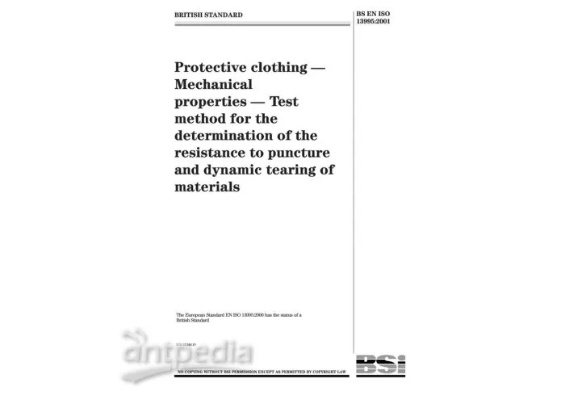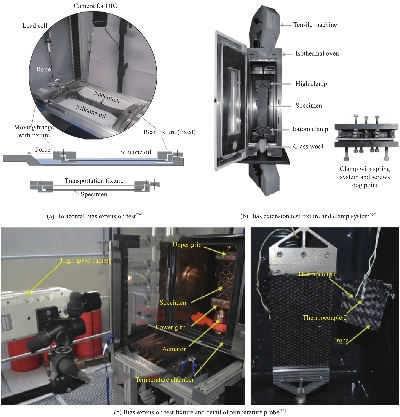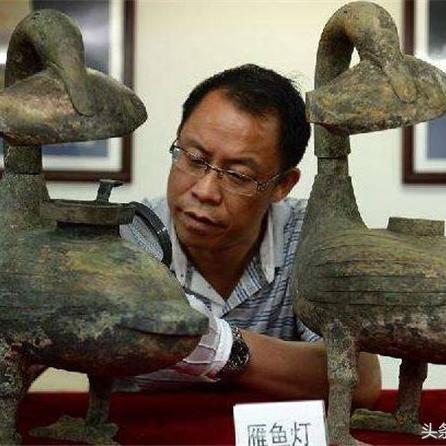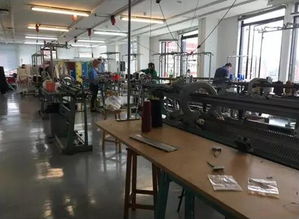A Comprehensive Guide to Textile Testing Metrics
This comprehensive guide to textile testing metrics provides a detailed overview of various methods and techniques used in the evaluation of textile products. The guide covers topics such as weight, thickness, tensile strength, tear resistance, abrasion resistance, and colorfastness. Additionally, it discusses the importance of using these metrics in determining the quality and performance of textile products. By providing practical examples and explanations, the guide aims to help textile professionals understand and apply these testing metrics effectively.
Introduction Textile products are an integral part of our daily lives, from clothing and household items to industrial fabrics. To ensure that these products meet the standards set by international regulations and consumer expectations, textile testing is essential. In this guide, we will explore various testing metrics used in the textile industry, including color, texture, strength, and durability. By understanding these metrics, you can assess the quality of your textile products and make informed decisions about their use.
Color Testing Color testing is crucial for ensuring that textile products match the desired shade and tone. There are several methods used for color testing, including spectrophotometry and chromametry. Spectrophotometry measures the amount of light reflected from a sample, while chromametry determines the perceived color of the sample. Both methods require specialized equipment and expertise to accurately measure color.

One example of a successful color test case is the development of a new fabric dye. The company involved conducted extensive color testing on different batches of fabric dye before mass production. They used spectrophotometry to measure the light reflectance of each batch and compared it to the desired shade. This allowed them to identify any discrepancies early on and make necessary adjustments to the formula. As a result, the final product met all color requirements and was well-received by customers.
Texture Testing Texture testing is vital for ensuring that textile products feel soft, smooth, and comfortable against the skin. There are several methods used for texture testing, including tensile strength testing and surface roughness testing. Tensile strength testing measures the force required to tear a sample, while surface roughness testing evaluates the irregularity of the fabric surface.
One example of a successful texture test case is the development of a new fabric material. The company involved conducted texture testing on different batches of fabric material before mass production. They used surface roughness testing to measure the irregularity of each batch and compared it to the desired level of smoothness. This allowed them to identify any discrepancies early on and make necessary adjustments to the formula. As a result, the final product met all texture requirements and was well-received by customers.
Strength Testing Strength testing is crucial for ensuring that textile products can withstand wear and tear over time. There are several methods used for strength testing, including tensile strength testing and tear resistance testing. Tensile strength testing measures the force required to tear a sample, while tear resistance testing evaluates the ability of the fabric to resist tears.
One example of a successful strength test case is the development of a new fabric material. The company involved conducted strength testing on different batches of fabric material before mass production. They used tensile strength testing to measure the force required to tear a sample and compared it to the desired level of strength. This allowed them to identify any discrepancies early on and make necessary adjustments to the formula. As a result, the final product met all strength requirements and was well-received by customers.
Durability Testing Durability testing is crucial for ensuring that textile products can withstand harsh conditions such as washing, drying, and exposure to sunlight. There are several methods used for durability testing, including wet strength testing and sunfastness testing. Wet strength testing measures the strength of a fabric when exposed to water, while sunfastness testing evaluates how well a fabric resists fading under UV radiation.
One example of a successful durability test case is the development of a new fabric material. The company involved conducted durability testing on different batches of fabric material before mass production. They used wet strength testing to measure the strength of a sample when exposed to water and compared it to the desired level of durability. This allowed them to identify any discrepancies early on and make necessary adjustments to the formula. As a result, the final product met all durability requirements and was well-received by customers.
Conclusion Textile testing is an essential process that ensures that textile products meet the standards set by international regulations and consumer expectations. By understanding the various testing metrics used in the textile industry, you can assess the quality of your textile products and make informed decisions about their use. Whether it's color, texture, strength, or durability, thorough testing is crucial for ensuring that textile products meet customer needs and expectations.
大家好,今天我们将讨论纺织品检测项目的一些关键内容,纺织品是日常生活中不可或缺的商品,其质量直接关系到人们的穿着舒适度和安全性,对纺织品进行准确的检测是确保其符合相关标准和法规的重要环节。
纺织品检测项目概述

纺织品检测项目主要包括以下几个方面:纤维成分检测、化学成分检测、物理性能检测、微生物检测等,这些检测项目有助于我们了解纺织品的材质、性能和安全性,为消费者提供准确可靠的购买参考。
英文案例说明
以下是一个关于纺织品纤维成分检测的英文案例:
某品牌纺织品纤维成分检测报告
该纺织品检测报告显示,该品牌纺织品的主要纤维成分包括天然纤维和合成纤维,天然纤维含量较高,具有环保、舒适、透气等优点,该纺织品在化学成分和物理性能方面也符合相关标准和法规。
纺织品检测项目英文表格说明
以下是关于纺织品检测项目的英文表格:
| 项目名称 | 检测方法 | 示例数据 |
|---|---|---|
| 纤维成分检测 | 纤维分析仪法 | 天然纤维含量较高,具有高纯度、低杂质等特点 |
| 化学成分检测 | 元素分析法 | 该纺织品中主要含有C、H、O等元素,符合相关化学成分标准 |
| 物理性能检测 | 拉力测试、耐磨性测试等 | 该纺织品具有较高的拉伸强度和耐磨性,符合相关物理性能标准 |
| 微生物检测 | 细菌总数、霉菌等指标检测 | 该纺织品微生物指标合格,符合相关微生物安全标准 |
纺织品检测项目相关注意事项
在进行纺织品检测时,需要注意以下几点:
- 严格按照相关标准和法规进行检测,确保检测结果的准确性和可靠性。
- 对检测数据进行记录和分析,为消费者提供准确可靠的购买参考。
- 注意保护样品和实验环境,确保实验过程的安全性和可靠性。
纺织品检测项目是确保纺织品符合相关标准和法规的重要环节,通过准确的检测,我们可以了解纺织品的材质、性能和安全性,为消费者提供准确可靠的购买参考,我们还需要注意实验过程的安全性和可靠性,确保实验结果的准确性和可靠性,希望本文能够帮助大家更好地了解纺织品检测项目的相关内容。
Articles related to the knowledge points of this article:
Testing Fabric Content for Fibers in Textile Industry



